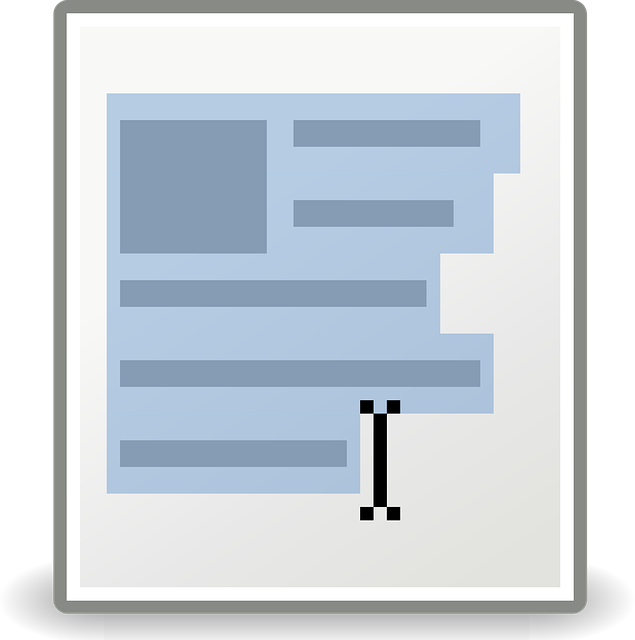Businesses in transportation and logistics must understand and adhere to Department of Transportation (DOT) regulations, especially for hazardous material shipping. To achieve Select DOT Compliance, companies should educate employees, implement robust internal processes, utilize technology for document management, integrate supply chain security measures, streamline operations by identifying inefficiencies, automate manual tasks with fleet management software, leverage digital documentation tools, adopt automated communication systems, design structured approval workflows, and conduct regular reviews to stay ahead of evolving standards.
Streamlining processes for Department of Transportation (DOT) approval is crucial for enhancing efficiency, reducing costs, and ensuring compliance. This comprehensive guide explores strategies to optimize your organization’s select DOT compliance journey. By understanding the impact of DOT regulations, identifying current inefficiencies, leveraging digital tools for documentation, automating communication, implementing structured workflows, and adopting continuous improvement practices, you can navigate the approval process with greater ease and speed.
- Understand DOT Regulations and Their Impact
- Identify Inefficiencies in Current Processes
- Digital Tools for Streamlined Documentation
- Automate Communication for Faster Approvals
- Implement a Structured Approval Workflow
- Regular Review and Continuous Improvement
Understand DOT Regulations and Their Impact

Understanding DOT regulations is paramount for any business involved in transportation or logistics, especially when it comes to obtaining crucial dot approval. These rules and guidelines are designed to ensure the safe transport of hazardous materials (HM) across various modes of carrier, from trucks and trains to aircraft and ships. Non-compliance can lead to severe penalties, delays, and reputational damage. Therefore, shippers must invest time in learning these regulations, which cover everything from packaging and labeling to documentation and training requirements.
For businesses aiming to achieve seamless dot compliance, adopting effective strategies is essential. This includes implementing robust internal processes that educate employees about the latest DOT guidelines and enforce strict adherence to them. Additionally, utilizing technology for efficient document management, tracking, and communication can streamline the entire process. By following these dot compliance tips for shippers and integrating supply chain security measures, companies can ensure their operations remain safe, compliant, and productive.
Identify Inefficiencies in Current Processes

Identifying inefficiencies in current processes is a critical first step when it comes to streamlining for DOT approval. Many companies struggle with outdated methods that lead to delays and errors, especially when navigating the complex world of DOT compliance. By thoroughly examining each step of the existing workflow, you can uncover bottlenecks and areas where automation or simplification could significantly enhance efficiency.
For instance, manual tracking of documents, data entry, and communication among departments are common pain points that often result in wasted time and increased risk of errors. Utilizing fleet management software solutions designed with DOT compliance in mind can automate these tasks, ensuring accuracy and saving precious time. This shift towards digital processes allows for real-time updates, seamless record-keeping, and efficient tracking of commercial vehicle safety inspections, ultimately contributing to a smoother approval process.
Digital Tools for Streamlined Documentation

In today’s digital era, many companies are turning to innovative tools to streamline their processes, particularly when it comes to DOT (Department of Transportation) compliance. Digital documentation has revolutionized how businesses manage and store records, ensuring a more efficient and secure system. These advanced tools offer real-time updates and easy accessibility, allowing for quicker decision-making and better oversight. By implementing digital solutions, companies can automate various tasks, such as generating electronic logs and maintaining driver performance monitoring systems, thereby reducing the potential for errors and enhancing overall efficiency.
One notable advantage is the improved international trade compliance training that these platforms provide. They offer centralized platforms where employees can access relevant regulations and guidelines promptly, ensuring everyone stays up-to-date with the latest shipping and logistics compliance requirements. This streamlines the entire process, from document preparation to tracking, ultimately leading to cost savings and better time management for businesses navigating complex DOT regulations.
Automate Communication for Faster Approvals

Automating communication is a game-changer when it comes to streamlining dot approval processes. By implementing digital systems for information exchange, trucking companies can significantly reduce the time typically spent on manual data transfer and back-and-forth emails. This shift towards automation ensures that essential documents, such as commercial vehicle maintenance records, are shared instantly, enabling faster decision-making.
When it comes to regulatory compliance for carriers, efficient communication is key. Automated systems can capture and convey critical updates, reminders, and deadlines related to DOT compliance, ensuring no stone is left unturned. Moreover, this digital approach enhances trucking company risk management by providing a centralized platform to track approvals, identify potential issues early on, and promptly address them, thereby minimizing delays and associated risks.
Implement a Structured Approval Workflow

Implementing a structured approval workflow is a strategic move toward achieving seamless DOT (Department of Transportation) compliance. This involves designing a clear and logical process for handling various tasks, from initial screening to final dot approval. By establishing defined steps, organizations can ensure that every aspect of freight transportation adheres to the necessary regulations. A well-structured workflow promotes accountability, reduces human error, and expedites overall operations.
This systematic approach allows for efficient tracking of documents, such as the essential freight transportation compliance checklist and commercial vehicle safety inspection reports. It also facilitates prompt identification and rectification of any potential dot violations and penalties, thereby enhancing the organization’s ability to maintain a robust safety record.
Regular Review and Continuous Improvement

Regular reviews are essential for any trucking company aiming for seamless DOT compliance. By periodically evaluating their processes, businesses can identify bottlenecks and inefficiencies that hinder progress. These reviews should encompass every aspect of operations, from driver logs to maintenance records, ensuring adherence to both industry best practices and DOT fatigue management regulations. Through this iterative process, companies can make informed decisions, implement necessary changes, and stay ahead of evolving standards.
Continuous improvement is a cornerstone of success in the freight transport industry. Embracing a culture of regular review allows for proactive risk management, addressing potential issues before they escalate into costly compliance breaches. This proactive approach not only enhances operational efficiency but also contributes to a safer trucking company risk management strategy, fostering a positive reputation within the industry.
By understanding DOT regulations, identifying current process inefficiencies, and implementing digital tools, structured approval workflows, and continuous improvement practices, organizations can significantly streamline DOT approval processes. This approach ensures select DOT compliance, enhances efficiency, and promotes a smoother, more effective operation. These strategies are essential for navigating the complexities of DOT requirements and achieving optimal outcomes.
